It was the 1960s and only heavy drinkers (in terms of quantity, not quality) managed to finish a bottle of Barbera. From ‘wine of the masses to ‘popular, successful, pop wine’, in high demand and coveted by connoisseurs all over the world, from tap wine to an authentic expression of our homeland: the history of Barbera goes through a revolution.
Sales, awards and rankings prove the success of this extraordinary Piedmontese grape variety, but to shake off even the last of prejudices, it is necessary to take a step back and understand the history of such a revolution.
A redemption story that starts way back, from a far-sighted vision that led our Cantina Cooperativa to be among the first ones to believe that it was possible to make great wines from the Barbera grape.
We talk about this with President Lorenzo Giordano in this interview.
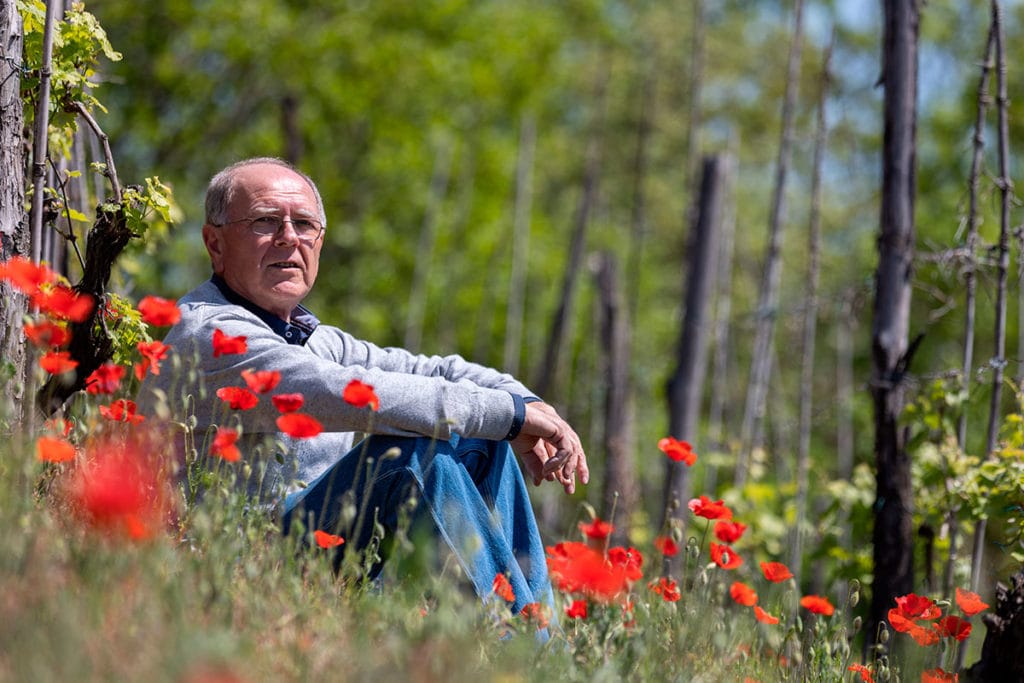
Let’s go back to the 1960s-70s: what did a bottle of Barbera look like?
Unbalanced and with strong acidity, that was the norm for a bottle of Barbera. There was no drinking culture, and there wasn’t today’s passion of vineyard management or wine production: the harvest was in October, a time when it was often raining, and grapes with different sugar contents (usually between 16 and 18 degrees Babo) were harvested all together.
These unselected grapes fermented all together for 30 days, sometimes even with their stalks, and malolactic fermentation was often difficult to achieve. As a result, the product obtained was a mediocre wine, rich in acidity, lacking in balance and difficult to drink.
We, as the Cantina di Vinchio Vaglio, were already among the lucky ones: the exposure of our steep hills, the nature of the sandy soil (white soils) and the reduced production generated such grapes that – even back then – gave the wine such characteristics that spontaneous malolactic fermentation was induced and the quality of the wine was on average high.
In the month of March following the harvest, wines were already ready and balanced, and the market already recognised this difference.
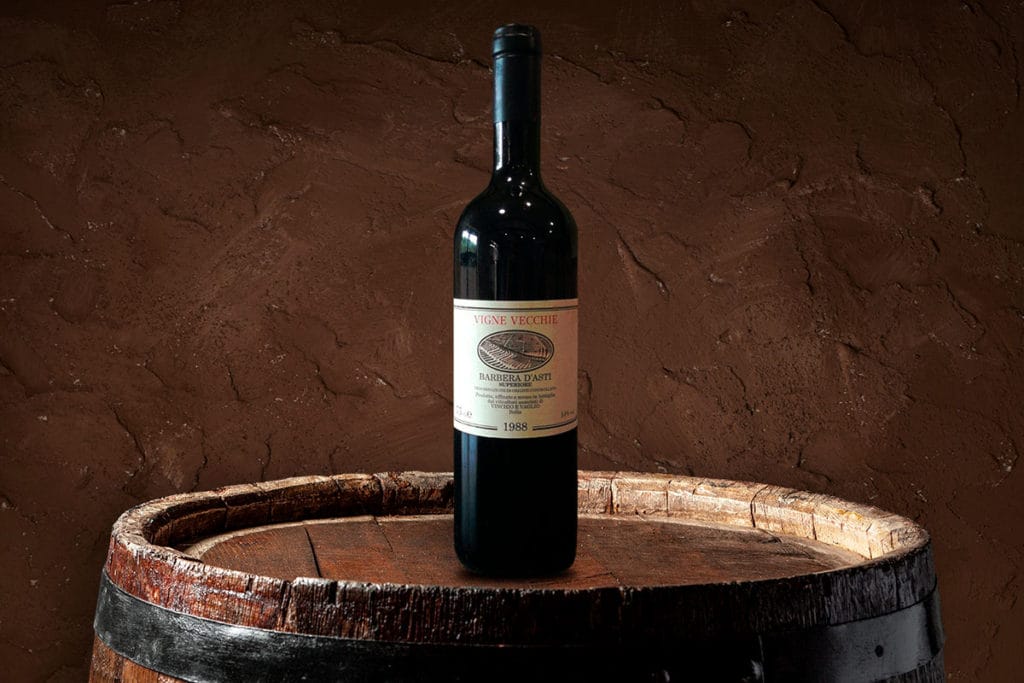
What was the ‘spark’ of the revolution?
The methanol scandal in the mid-1980s was a watershed: from that moment on, there was greater awareness on the part of the producer, but also on the part of the consumer. To say whether Barbera changed because the consumer had become more demanding, or the producer had become better, is like asking whether the chicken or the egg came first!
Certainly, credit goes to both. The consumer realised that a quality wine meant paying an appropriate price, and the producer became aware of the potential of the terroir and this grape variety.
Resignation was thus replaced by a shared feeling of great passion in running the vineyard and making the wine.
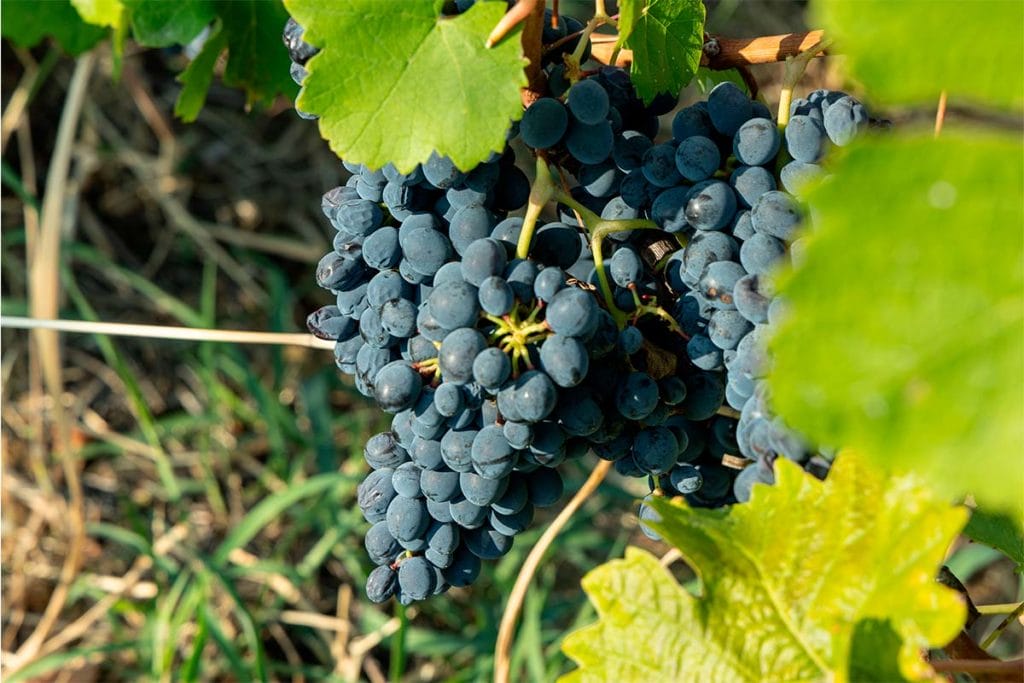
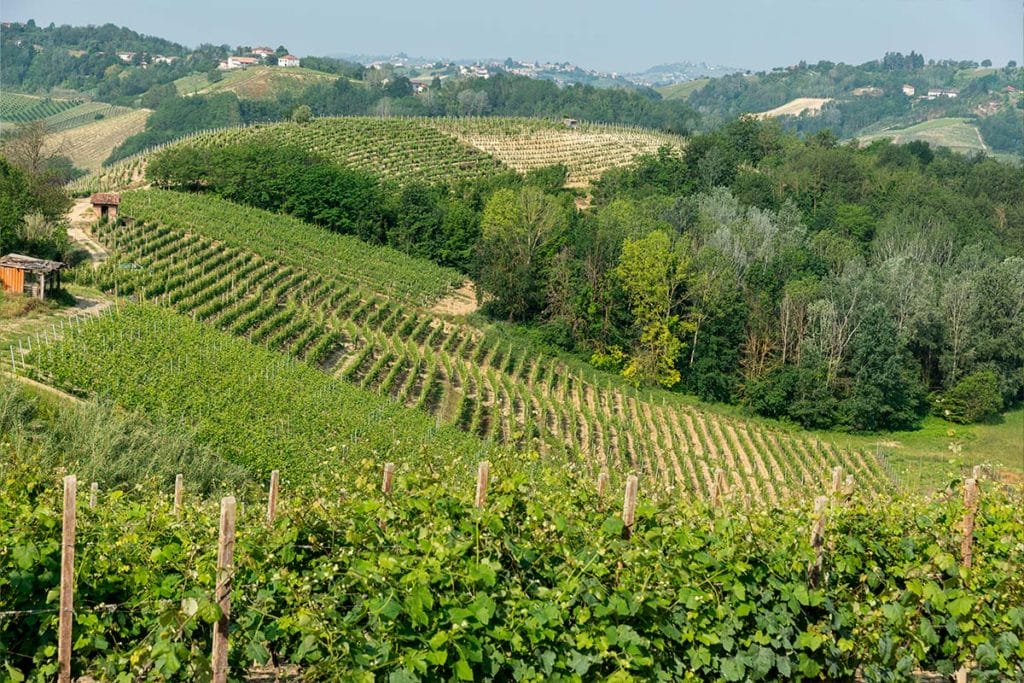


Who were the players in the revolution and what were the innovations that led to a ‘new Barbera’?
There were several pioneers and we were fortunate enough to have one of the greatest: oenologist Giuliano Noè, who is considered by everyone to be the father of the ‘new Barbera’, the Barbera that today is exported all over the world and is not afraid to compete with the greatest international red wines.
The change was first brought to the vineyard, maintaining tradition with manual work, limiting production per hectare and choosing the most suitable and best exposed sites, aiming at obtaining the maximum potential of the vine.
In recent years, special attention has been paid, with great professionalism in vineyard management, to adapting to climate change in order to handle this problem with foresight.
Things have also changed in the Cantina, as oenologist Matteo Lajolo explains: “from crushing to fermentation, both technical and technological innovations have been introduced, such as:
- destemming-crushing, separation of the stalks and soft pressing of the berry to better extract the polyphenolic substances in the winemaking process;
- vinification in horizontal vinificators at a controlled temperature from 24 to a maximum of 26°C to improve the extraction of aromatic substances, with controlled pumping over and management of the oxygen supply;
- the immediate start of malolactic fermentation at such a rapid temperature of 20°C so as to preserve the primary and secondary aromas of the variety;
- frequent racking with lobe pumps and storage of the wine at around 15°C before it is put into wood”.
Today, such important wines are aged in wood (large casks, tonneaux or barriques) in order to give them longevity and complexity, while maintaining the typical character of Barbera.
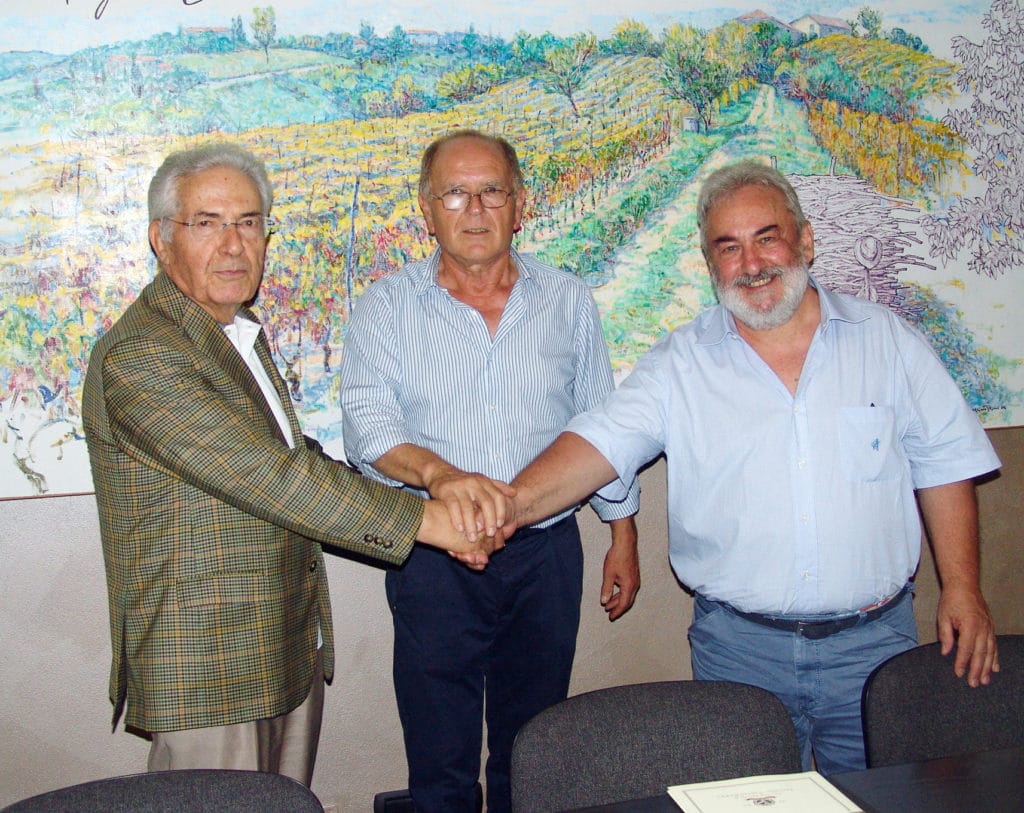
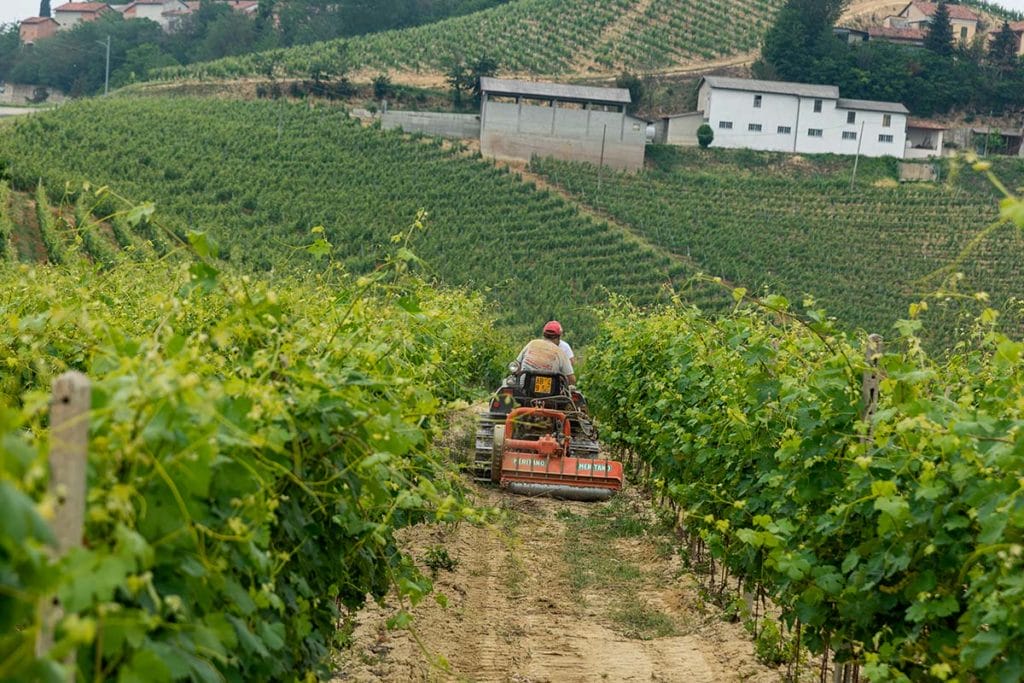

What role did Nizza play?
Talking about Barbera without talking about Nizza is like going to Rome without seeing the Colosseum! Nizza was born in 2000, after several years of reflection. The area includes 18 municipalities within the much larger Barbera d’Asti production area.
In our area, Barbera’s vine is the main one as well as the one that gives important oenological results. Together with other municipalities that deliver grapes to our winery (such as Castelnuovo Belbo and Incisa Scapaccino), Vinchio Vaglio is right at the centre of this production area.
Nizza DOCG’s guidelines specify:
- Grapes: 100% Barbera vine;
- Production yields: a maximum of 70 quintals, corresponding to a maximum of 49 hectolitres per hectare;
- Minimum ageing required and date of release for consumption;
- Nizza DOCG: a minimum of 18 months’ ageing, of which at least 6 in wooden barrels;
- Nizza Riserva DOCG: a minimum of 30 months’ ageing, of which at least 12 in wooden barrels.
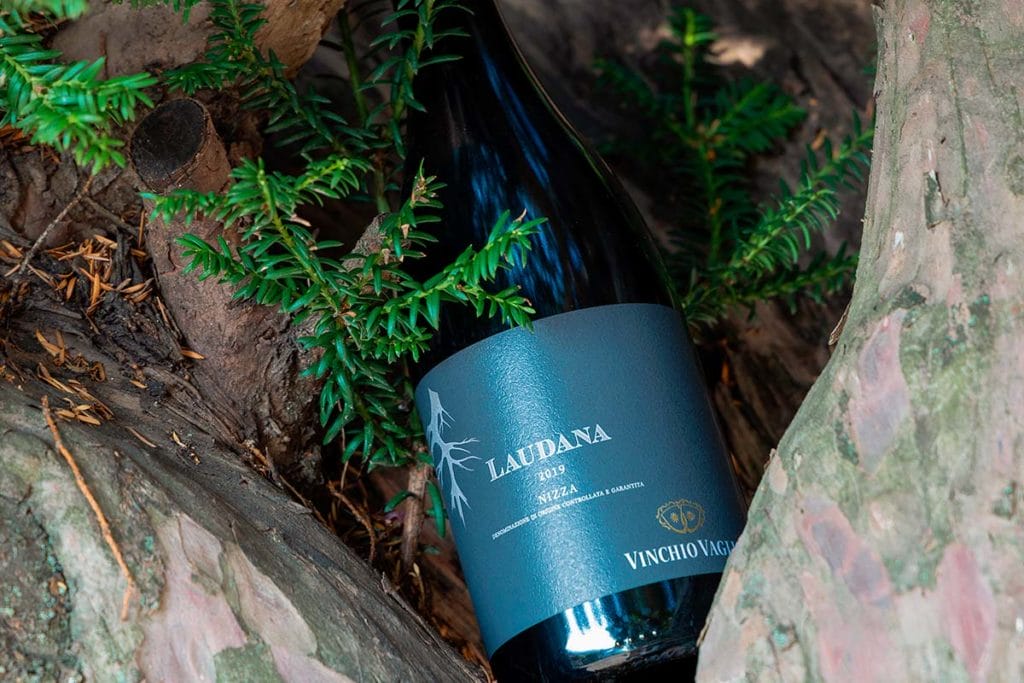
Can we talk about a new Barbera?
The first knowledge of Barbera dates back to 1512, yet its history is much older: today, Barbera is a wine capable of giving great emotions to the consumer, without neglecting its vocation for a daily relationship that represents a profound identity trait.
Yet, it is also a wine that has led producers to protect this territory, which has been a UNESCO heritage site for almost 10 years, thanks to the work of Consorzio Barbera d’Asti e Vini del Monferrato, the Associazione Produttori del Nizza and all those producers who daily promote Barbera throughout the world.
A popular wine, therefore, capable of speaking to people and narrating its close bond with a unique territory, yet also an increasingly popular, trendy wine that has rightfully entered the world wine elite.

